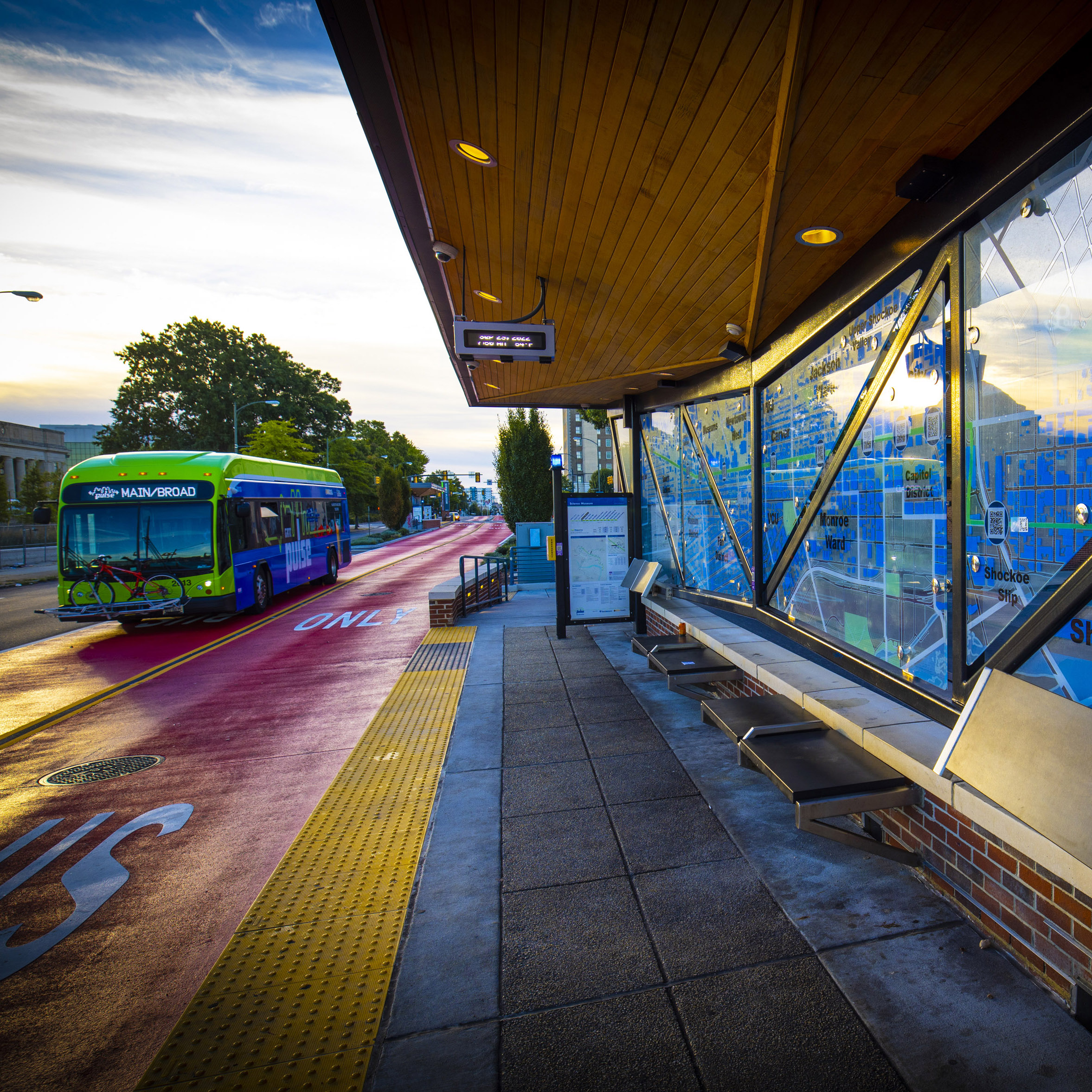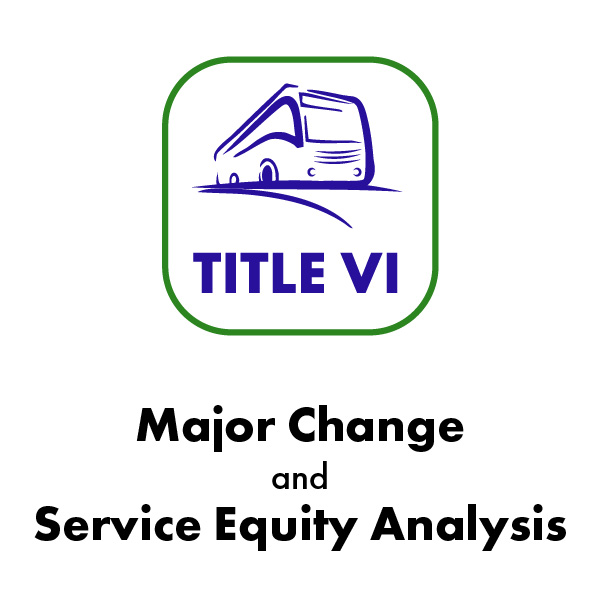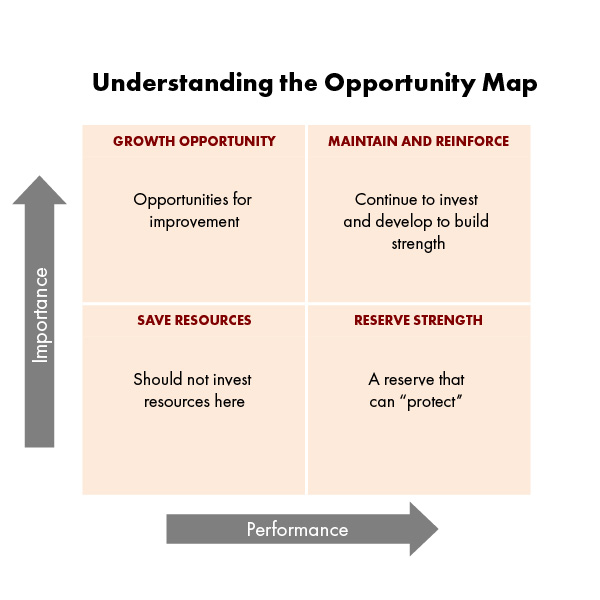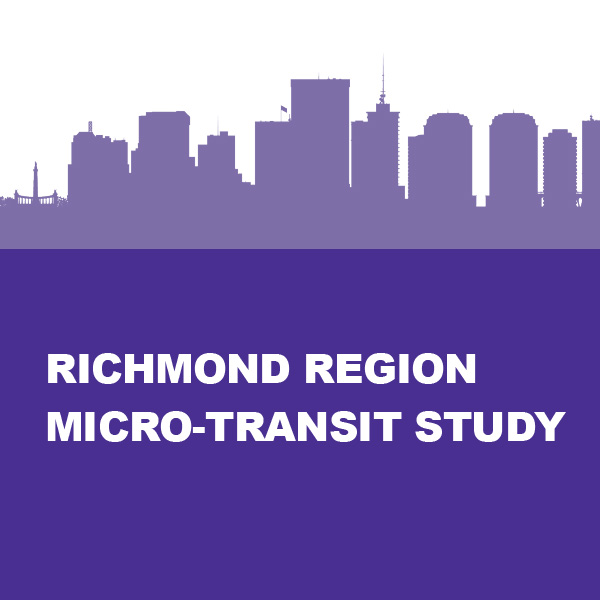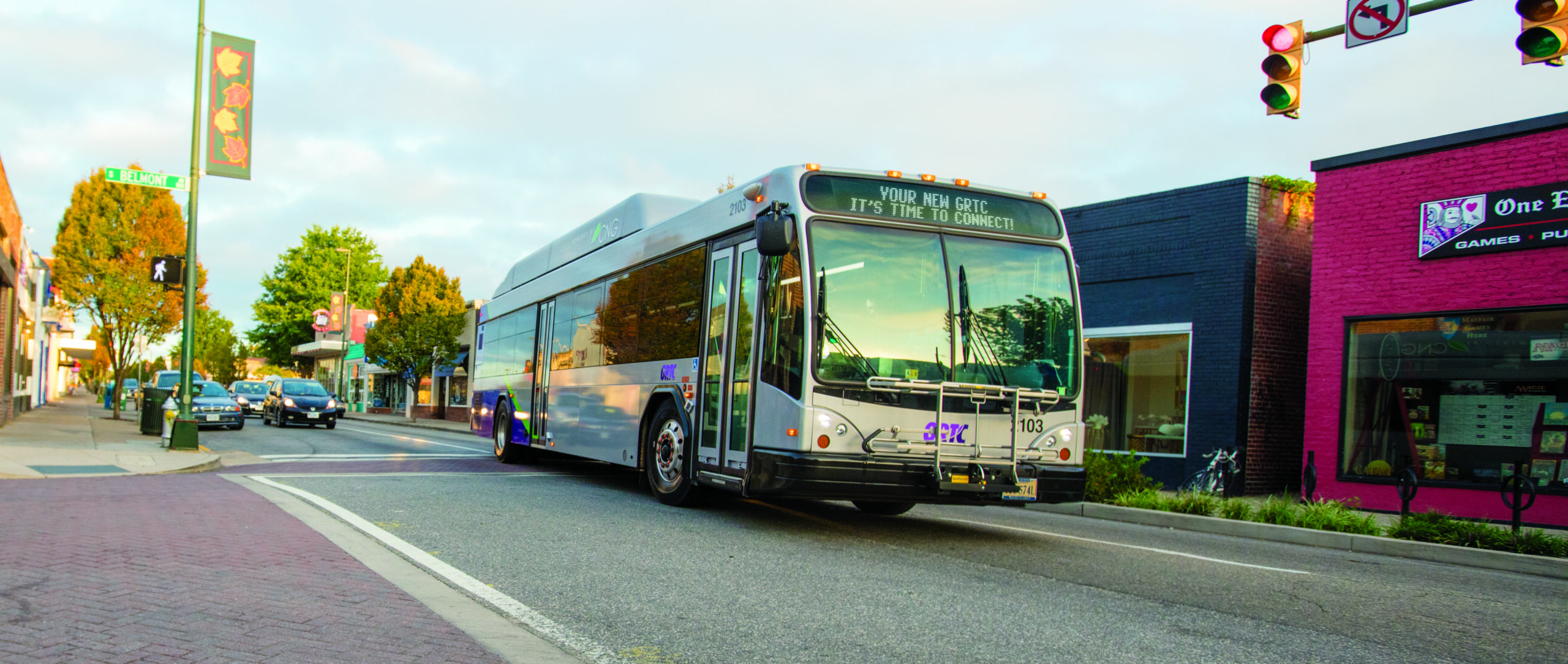
GRTC is working to expand access to public transportation across the Richmond region.
Current Projects:
-
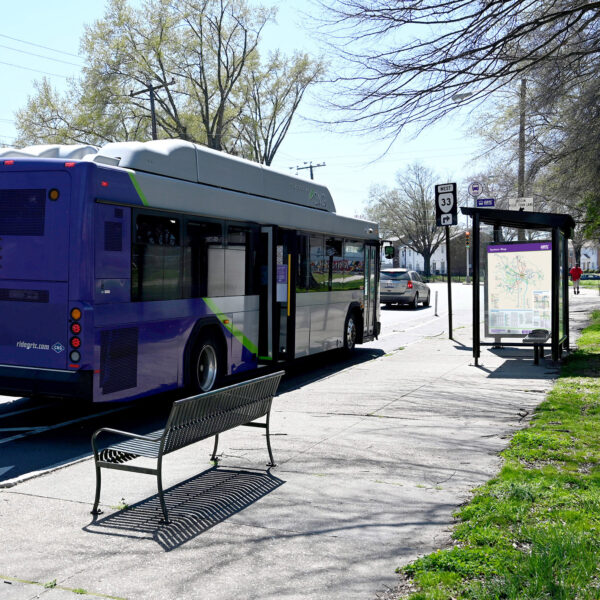
Essential Transit Infrastructure (Shelters and Benches)
-
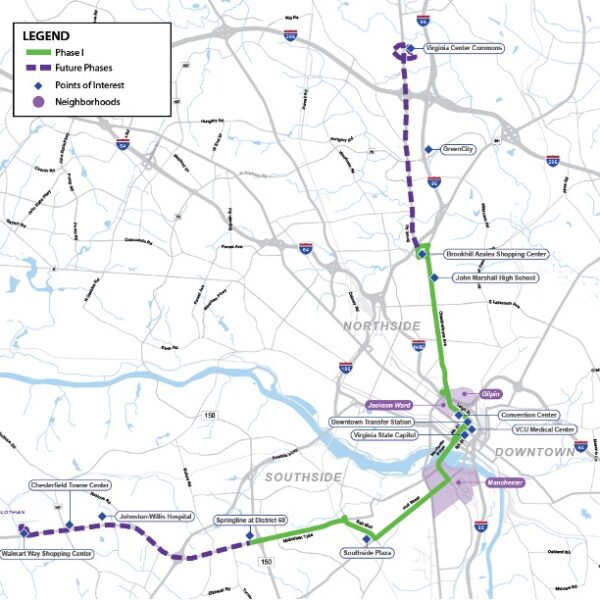
North-South Pulse Expansion
-
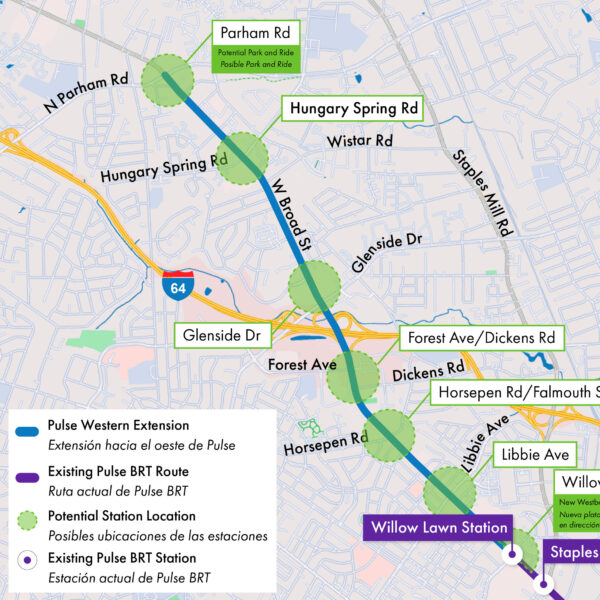
Pulse Western Extension
-
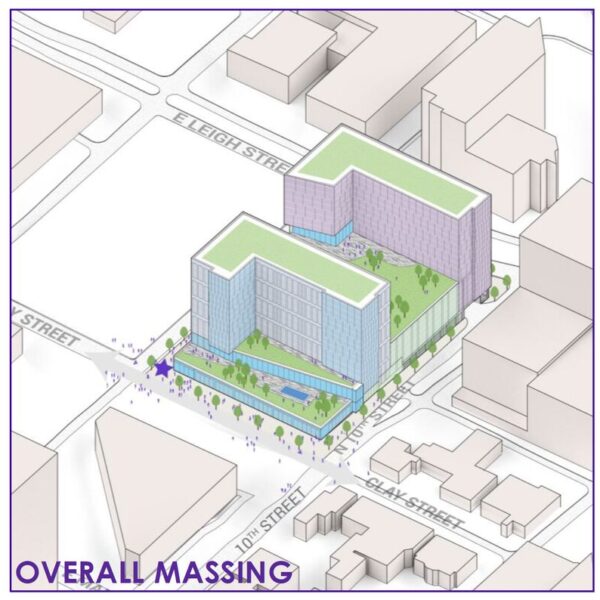
Permanent Downtown Transfer Station
-

Richmond Regional Microtransit
-
GRTC provides a range of Essential Transit Infrastructure (ETI) at stops including, but not limited to, benches, trash cans, and shelters. ETI elements are intended to provide comfort, convenience, accessibility, safety, and dignity to riders.
Thanks to you, GRTC’s Pulse Bus Rapid Transit (BRT) is a proven success! Our community has embraced better transit, and now we’re taking the next step — delivering even more reliable, convenient connections to keep our region moving forward.
The GRTC North–South Pulse BRT will link Northside and Southside to the existing Pulse line and beyond, making travel safer, faster, and more dependable for everyone. Alongside this transit expansion, we’re also planning transit-oriented development (TOD) projects to create vibrant, walkable communities around key BRT stations — bringing more housing, businesses, and amenities closer to where people live and ride.
Together, the North–South BRT and TOD will strengthen connections, enhance neighborhoods, and improve access for all.
Demand for transit service along W Broad Street is continuing to increase, and GRTC and Henrico County are working to meet it with a four-mile expansion of the existing Pulse west from Willow Lawn to Parham Road. This first extension of the Pulse will add eight new stations and additional dedicated lanes, expanding access to rapid transit deeper into Henrico County and adding key elements that do not currently exist in the Pulse system, such as a dedicated park and ride location. Pulse Western Extension is currently in Phase 2 of study, which includes preliminary design elements and National Environmental Policy Act work. Click here to learn more.
Project Map
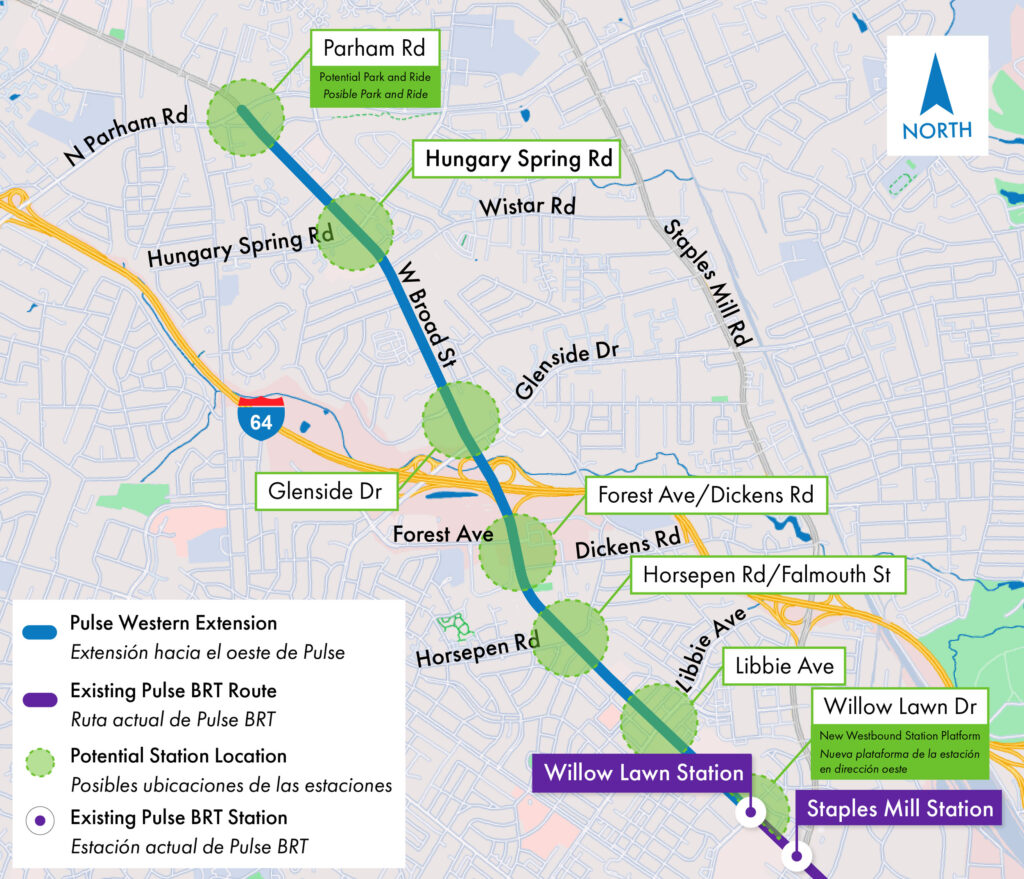
In the fall of 2023, GRTC retained consultant support to study a permanent transfer facility in Downtown Richmond. The team, which is managed by HR & A and includes the support of VHB and Design Collective, has been working to identify the location, best potential amenities, and development potential for a public-private partnership to create a permanent 10-bay transfer facility with mixed-use housing and commercial opportunities.
The following documents were provided to GRTC throughout the study and are presented to the public below:
Permanent Downtown Transfer Hub – Consultant Introduction
Permanent Downtown Transfer Hub – Public Meeting Slide Deck – January 2024
Permanent Downtown Transfer Hub – Second Public Meeting Slide Deck – March 2024
Permanent Downtown Transfer Hub – Final Consultant Report – May 2024
Permanent Downtown Transfer Hub – Project Appendix A – Land Use & Zoning Memo
Permanent Downtown Transfer Hub – Project Appendix B – Transit Technical Memo
Permanent Downtown Transfer Hub – Project Appendix C – Market Scan
Permanent Downtown Transfer Hub – Project Appendix D – Site Selection Assessment
Permanent Downtown Transfer Hub – Project Appendix E – Final Design Package
Feedback?
The creation of the Central Virginia Transportation Authority (CVTA) by the 2020 General Assembly established new funds for priority transportation investments in the Richmond Region.
The two main sources of revenue are regional sales and use tax (0.7%) and wholesale gas and diesel tax (7.6 cents and 7.7 cents). The CVTA funds are allocated in three ways – 15% to GRTC, 50% to each participating locality proportionally, and 35% for regional projects. GRTC is required to develop a Regional Public Transportation Plan that identifies how GRTC plans to spend the 15% allocation. A micro-transit study was identified as a regional priority during the development of the FY2022 plan.
The microtransit study identified recommendations for a pilot program that launched in fall of 2023 – GRTC’s LINK Microtransit.
What is Microtransit?
Microtransit is on-demand, curb-to-curb public transportation that provides transit service in areas that might not support traditional fixed route bus demand.
Microtransit Pilot Program Overview
The Greater Richmond Transit Company (GRTC), partnered with consultant Michael Baker International, exploring the demand, need, potential, and feasibility for microtransit services in the Greater Richmond Region. The Greater Richmond Region includes the jurisdictions of Ashland, Charles City, Chesterfield, Goochland, Hanover Henrico, New Kent, Powhatan, and the City of Richmond.
Completed Projects:
We’re excited to announce that construction on the Pulse station modifications is now complete—paving the way for the launch of GRTC’s new 60-foot articulated buses this summer.
Why this project?
The existing 26 Pulse stations were originally designed to support approximately 3,500 daily passengers. Today, more than 6,100 riders rely on Pulse each day—leading to crowded buses and increasing demand. To meet this growing need, GRTC is expanding its fleet with articulated buses that offer more space, modern amenities, and a third door for quicker, more efficient boarding.
What was done?
To accommodate the larger buses and ensure all three doors align with the platform, GRTC made targeted modifications at each station, including:
- Removal of sections of the brick “knee wall”
- Replacement of station tiles and rubber guide rails for improved level boarding
What’s next?
With station upgrades complete, GRTC is on track to introduce the new articulated buses in summer 2025. These vehicles will improve passenger flow, reduce dwell times, and significantly increase rider capacity—enhancing the overall Pulse experience as we grow with the region.
Stay tuned for updates, sneak peeks, and the official rollout!
Completed Studies:
Click the links below to read the Service Equity Analyses:
Click the link below to read the Greater RVA Transit Vision Plan:
2015 Transit Survey – Shaping the Future of GRTC’s Transit System
Click the link below to read the Micro-Transit Study:
Richmond Region Micro-Transit Study – Final Report January 2023




